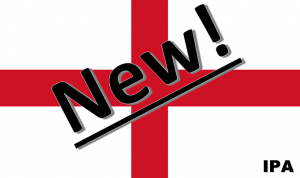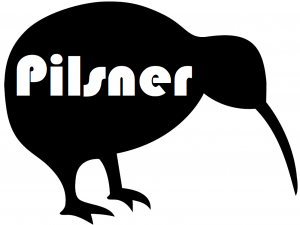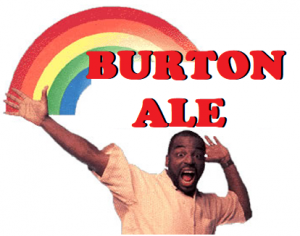It was revealed at the 2018 National Homebrew Conference by Gordon Strong, current president of the Beer Judge Certification Program, that six beer styles are on the verge of being officially canonized into the defacto authority on beer styles, the BJCP Beer Style Guidelines.
Technically these new beer styles aren’t exactly new, nor have they yet been formally inducted into the BJCP Beer Style Guidelines as fully-fledged beer styles because the guidelines are only revised every five years or so. This means that until the next revamp of the guidelines occurs, these “new” beer styles are considered “provisional” and may be subject to revision.
That said, in addition to the already 121 existing BJCP beer styles, the new provisional styles are:
1. New England IPA: Generally an American IPA but with intense fruit flavor and aroma, soft body, smooth mouthfeel, often opaque, hazy, less perceived bitterness, always hop-forward, “juicy”, malt in background, with a soft finish and no sulfate bite.

2. Grisette: Essentially a session version of a saison ale with wheat, Grisette was originally associated with coal miners in Belgium, whereas saison is said to have originated with Belgian farm workers. Being a close cousin to saison, Grisette exhibits a saison-like aroma (spicy, phenolic, fruit/citrusy), high carbonation, big white head, and is often dry-hopped.
3. New Zealand Pilsner: This style can be brewed as either an ale or lager and is similar to a German Pils, but is not as crisp and sharp in the finish, has a softer, maltier balance with slightly more body. NZ Pils utilizes New Zealand hop varieties (Motueka, Riwaka, Nelson Sauvin, etc.) which commonly exhibit notes of tropical fruit, melon, lime, gooseberry, grass, and citrus.

4. Burton Ale: Popular in Burton, England before IPAs were invented, and widely exported to the Baltic countries, Burton ales are dark, rich, malty, sweet, and bitter with moderately strong alcohol. Full bodied and chewy with a balanced hoppy finish and a complex malty and hoppy aroma. Dark dried fruit notes accentuate the malty richness, while the hops help balance the sweeter finish.

5. Mexican Lager: A dry refreshing lager that usually incorporates corn, noble-type hops, and always uses Mexican yeast. The range of the style is wide in terms of bitterness, hops, and malt flavor, but is modeled around craft versions (Ska’s Mexican Logger, etc.), not mass-produced industrial examples.
6. Catharina Sour: A local Brazilian style, this light and sour fruit beer exhibits clean lactic sourness (not funk or acetic vinegar notes), strong and immediately noticeable fresh fruit character (often tropical), low bitterness, light body, high carbonation and incorporates wheat at roughly equal proportions to barley. With an ABV of 4-5.5%, Catharina sour is like a stronger version of a Berliner Weisse (not as sour as a lambic or gueuze), refreshing, and typically kettle soured, followed by a clean ale yeast fermentation.
Hi, I’m Dan: Beer Editor for BeerSyndicate.com, Beer and Drinking Writer, Award-Winning Brewer, BJCP Beer Judge, Beer Reviewer, American Homebrewers Association Member, Shameless Beer Promoter, and Beer Traveler.





Rob
You used the wrong flag for England
Daniel J. Leonard
Fixed.
Riley McIntire
So Mexican yeast defines Mexican lager? And New Zealand hops are required for New Zealand pils?
Huh.
Riley McIntire
I’d say Mexican lager is essentially American lager and any difference can be duplicated with non-Mexican ingredients. And since when do hop origins determine a style?
Are there other examples of lagers requiring a geographical hop origin?
Cross posting from a couple FB comments…
Daniel J. Leonard
There are a few beer styles that are defined by the hops traditionally used such as American IPA (American/New World hops), German Pils (German hops), Kölsch, English IPA, American pale ale, Double IPA, English Barleywine, British Strong ale… basically many of the hop-forward styles originating from places like the U.S., England, and many Germany styles, even those that aren’t hop-forward, traditionally use hops from those places.
Mark
New Britain IPA just isn’t going to catch on.
Daniel J. Leonard
That’s what they said about Laserdisc.